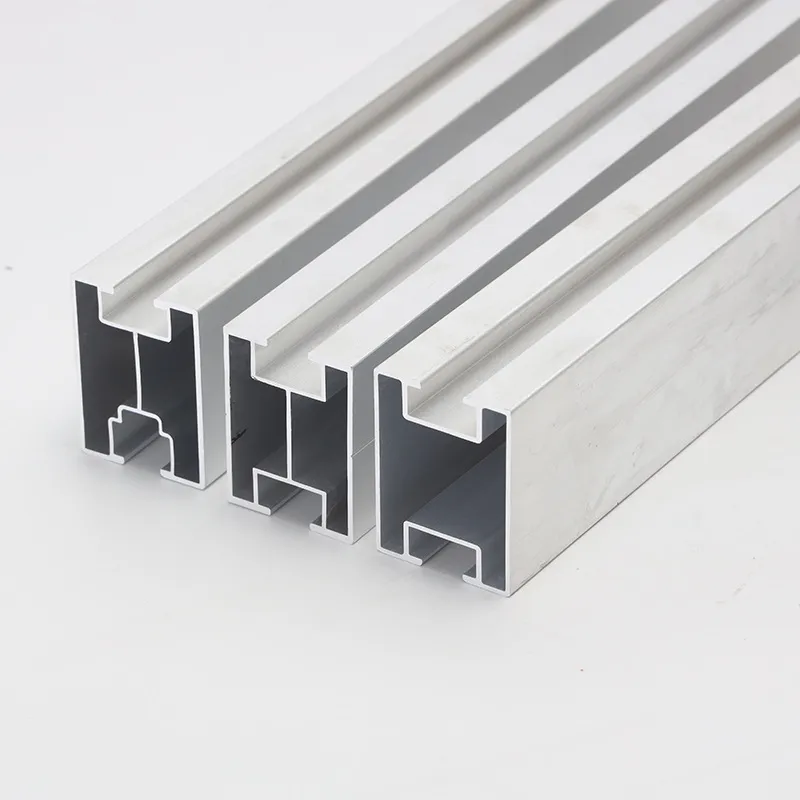

mechanical fasteners
Sep . 28, 2024 15:59 Back to list
mechanical fasteners
The Importance of Mechanical Fasteners in Engineering
Mechanical fasteners play a crucial role in the world of engineering and construction, providing the essential means by which components are securely joined together. From simple household items to complex machinery, fasteners are integral to the functionality and durability of various products. Understanding the types, applications, and innovations in mechanical fasteners can highlight their importance in modern manufacturing and design.
Mechanical fasteners can be categorized into several types, including bolts, nuts, screws, rivets, and washers. Each type serves a specific purpose and is suited for different applications. For instance, bolts and nuts are commonly used for their ability to provide strong and adjustable connections, making them ideal for heavy-duty applications. Screws, on the other hand, are typically used for lighter loads, offering a permanent or semi-permanent solution. Rivets are often employed in situations where welding is impractical, such as in aircraft construction, due to their strength and resistance to shear forces.
The selection of the appropriate fastener is critical for ensuring the integrity of a joint. Factors such as load requirements, environmental conditions, and material compatibility must be considered. Engineers often rely on standards set by organizations like the American National Standards Institute (ANSI) and the International Organization for Standardization (ISO) to ensure quality and performance. These standards provide guidelines on dimensions, materials, and testing methods, ensuring that fasteners meet specific criteria for safety and efficiency.
mechanical fasteners

Innovation in the field of mechanical fasteners continues to evolve. Advances in materials science have led to the development of stronger, lighter, and more corrosion-resistant fasteners. For example, the use of high-strength alloys and coatings can significantly improve the lifespan and performance of fasteners, especially in harsh environments. Additionally, the integration of smart technologies, such as sensors within fasteners, is emerging as a key trend. These smart fasteners can monitor the health of a joint and provide real-time data, allowing for proactive maintenance and risk management in critical applications.
The installation process of mechanical fasteners is also an area of focus. The advent of automated assembly technologies is transforming how fasteners are used in production. Robotic systems can now install fasteners with precision and speed, reducing labor costs and improving overall efficiency. This automation is particularly beneficial in industries such as automotive and aerospace, where production volumes are high, and consistency is paramount.
In conclusion, mechanical fasteners are the unsung heroes of engineering and construction, providing strength, security, and stability to a wide range of applications. The ongoing innovations in materials and automation promise to enhance their performance and reliability even further. As engineering continues to push the boundaries of design and functionality, the significance of mechanical fasteners will only grow, underscoring their essential role in the development of safe and efficient products.
Latest news
-
High-Strength Hot Dip Galvanized Bolts - Hebei Longze | Corrosion Resistance, Customization
NewsJul.30,2025
-
Hot Dip Galvanized Bolts-Hebei Longze|Corrosion Resistance&High Strength
NewsJul.30,2025
-
High-Strength Hot-Dip Galvanized Bolts-Hebei Longze|Corrosion Resistance&High Strength
NewsJul.30,2025
-
Hot Dip Galvanized Bolts-Hebei Longze|Corrosion Resistance&High Strength
NewsJul.30,2025
-
Hot Dip Galvanized Bolts - Hebei Longze | Corrosion Resistance, High Strength
NewsJul.30,2025
-
High-Strength Hot Dip Galvanized Bolts-Hebei Longze|Corrosion Resistance, Grade 8.8
NewsJul.30,2025

